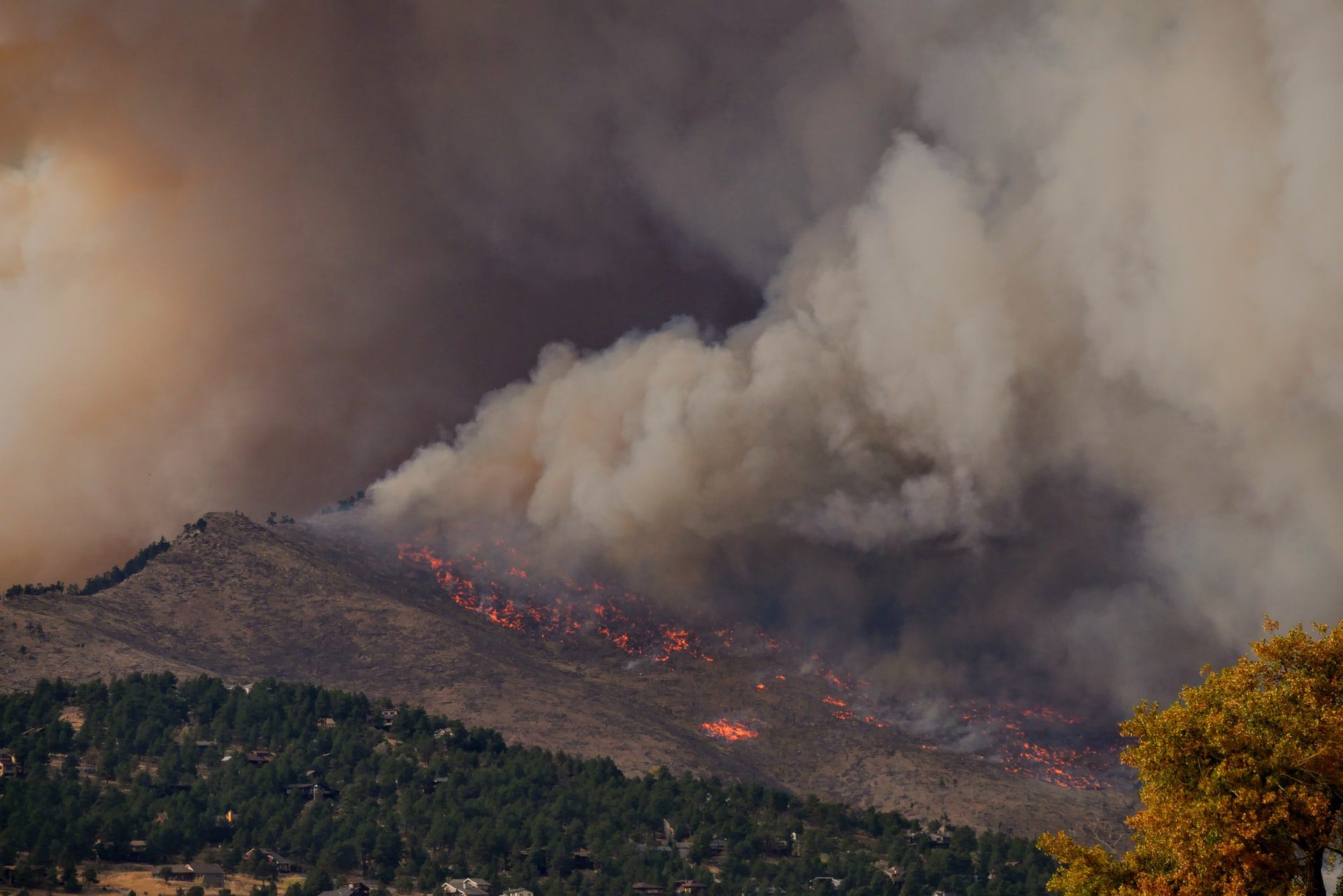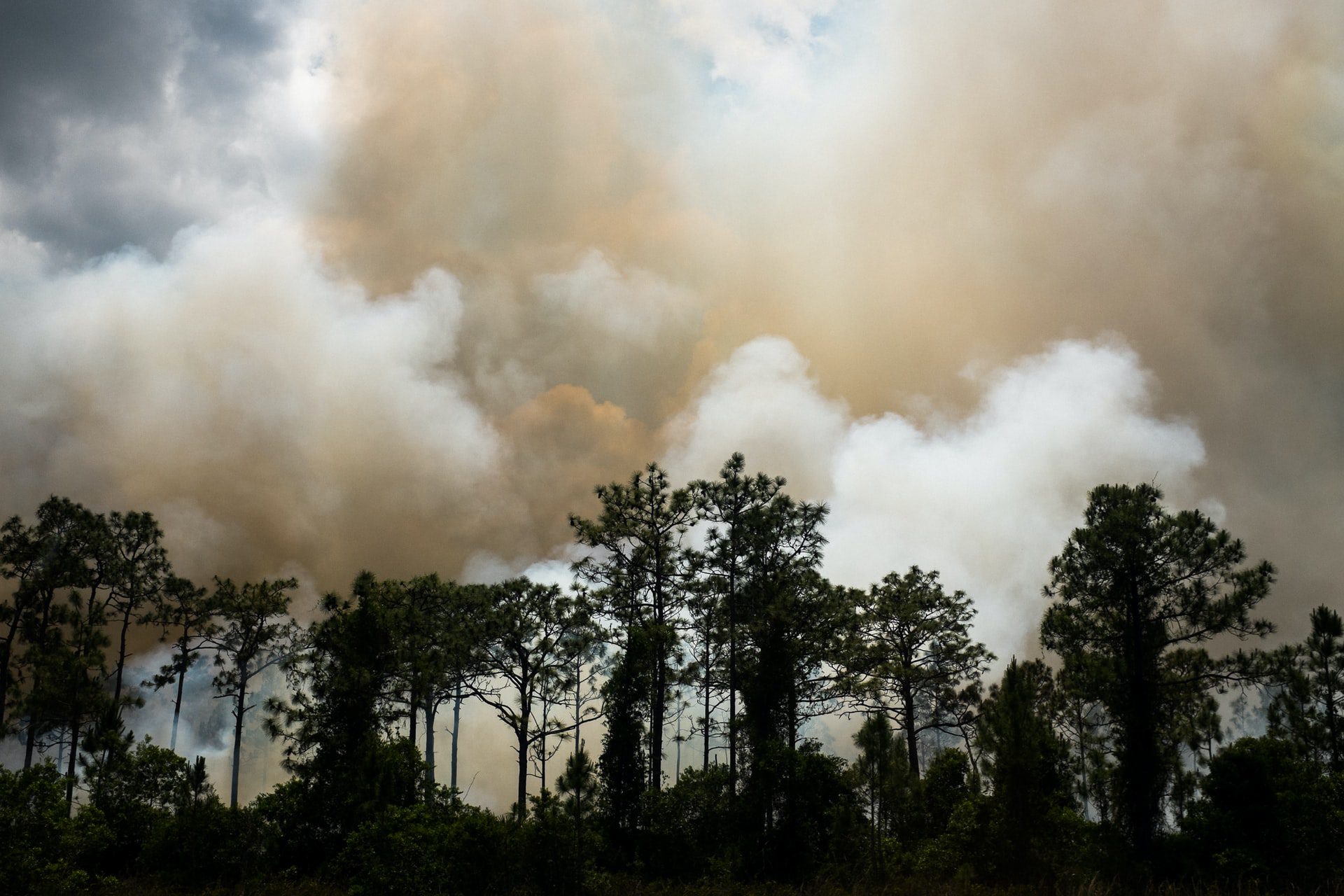
Wildfires have become troublingly customary in the Western U.S. over the past decade. Only last year, over 10 million acres were scorched nationwide, doubling 2019’s figures. That is a landmass equal to Massachusetts and Connecticut combined. Unfortunately, this devastating trend is only going to worsen itself, as uncontrolled fires will gradually become longer, larger, and more devastating for our communities.
Smoke Spreads like Wildfire
If you’re currently residing on the East Coast, news of wildfires might not sound as grim, considering the distance factor. However, the intensity of this year’s Dixie Fire proved once again that smoke knows no boundaries. In August, Denver officials reported the poorest air quality out of all major cities in the world due to California wildfires. Such patterns are noticeable all across the world. Inhabitants of Central Europe have to suffer smoke traveling from Eastern Russia, and Greeks and Italians have become accustomed to evacuating their homes from the firestorms’ path. Basically, wildfires make no distinctions between populations, countries, and continents.
The apocalyptic images of crimson-red skies serve as a warning that fires could trigger a public health crisis anytime in the near future. The clouds of smoke carry microscopic particles that, once inhaled, negatively impact our respiratory systems and add to the 339,000 premature deaths caused by wildfire smoke every year. Today, the Top Doctor Magazine team will help you learn more about the troubling repercussions of wildfire smoke on the air we breathe and how to protect your family from its toxic air pollutants.
The Smoke’s Stratospheric Journey
The advent of the summer’s warmth poses significant dangers to areas with dry climates. With the rise in temperature, ground-level vegetation provides the material to fuel unchecked wildfires. The flames turn everything in their path into smoke, soot, and other pollutants, which rise many miles into the sky. Once they reach the stratosphere, smoke is haphazardly spread by wind and currents, traveling, under the right conditions, thousands of miles away from the fire.
The communities adjacent to wildfire sites bear the full brunt of poor air quality. Even with closed windows, the indoor concentration of noxious smoke particles triples during wildfire events. Air conditioning and filtration systems do their best to keep these figures in check, although they cannot guarantee complete protection from air pollutants. Due to the sheer number of wildfires in some parts of the country, such as California, scientists believe that wildfire smoke will become the primary source of air pollutants, overcoming toxic emissions from automobiles and industrial plants. As a result, wildfires will only lower air quality in these regions.

How Dangerous Is the Smoke?
Have you ever passed by a cigarette and inhaled its smoke? If so, then you can probably relate to the unpleasant feeling of smoke inhalation. Akin to cigarette smoke and vehicle gas emissions, wildfire smoke is filled with hazardous particles to your respiratory system, such as carbon dioxide, black carbon, brown carbon, ozone precursors, nitrogen oxides, and nitrous acids.
Unfortunately, the poisonous matter spread by wildfire smoke is not our only source of concern; unlike cigarettes and car exhaust systems, wildfire smoke is unfiltered, which increases its danger factor exponentially. Wildfire smoke only becomes more noxious as it burns through manufactured constructions filled with poisonous chemicals.
Fighting against Microscopic Enemies
As if battling one microscopic enemy (i.e., COVID-19) wasn’t enough, wildfire smoke is 80% composed of fine particulate matter or PM2.5. Although 30 times smaller than the diameter of a human hair follicle, these microscopic particles are strong enough to penetrate our respiratory system and the bloodstream, thus affecting the entire body. Shortness of breath, respiratory tract irritation, and more severe disorders, such as reduced lung function, bronchitis, and heart failure, stem from PM2.5 inhalation. This is why the number of hospitalizations increases by 10% on average during wildfires, while exposure to common sources of PM2.5 barely affects it.
PM2.5 becomes a more dangerous enemy when we consider the pandemic times we’re living in. Studies have proven that COVID-19 patients whose immune systems are already battling against PM2.5 particles find it harder to repel the COVID-19 infection. A weakened immune system means higher infection rates and, consequently, diminished chances of survival.
Smoke Is a Long-Term Enemy
Evacuating the general population from the wildfire’s path is merely a temporal solution. Although the wildfire dies down eventually, the smoke poses a different challenge. Researchers from Greece studied the chemical composition of smoke over multiple days, and their discoveries are quite alarming: the smoke toxicity doubles five hours after being released in the air and almost quadruples after one day. This chilling turn of events stems from the oxidation process (i.e., when smoke particles react with other molecules known as trace radicals). The oxidation process turns smoke particles into reactive compounds, which, once breathed in, can cause cell and tissue damage.
Vigilance Is Our Best Response
Doing our best to prevent wildfires in order to protect ourselves and others from potential harm is the best response we can have as Americans. In the meantime, we are responsible for our own health, which is why we recommend that you take air quality alerts and warnings seriously. Such vigilant acts will help keep the population healthier and the number of hospitalizations down to a minimum.
We at Top Doctor Magazine hope that fewer and fewer of our readers will have to face the adverse consequences of wildfires in the future. If you’re more interested in thoroughly researched medical and lifestyle articles, check out our vast selection of topics here!





0 Comments